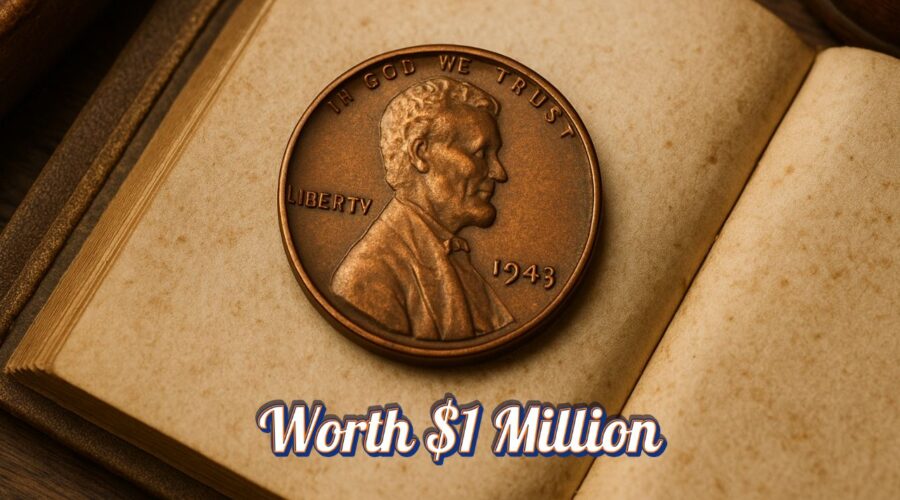The Legendary 1943 Bronze Lincoln Wheat Penny Worth $1 Million Still Circulating Today
One of the most talked-about coins in U.S. history is the 1943 Bronze Lincoln Wheat Penny, a rare and highly sought-after error coin that continues to intrigue collectors. Despite being minted over 80 years ago, a few of these elusive coins may still be in circulation, tucked away in old collections, drawers, or forgotten change jars.
What Makes the 1943 Bronze Lincoln Penny So Valuable?
During World War II, copper was in high demand for military manufacturing. As a result, the U.S. Mint switched the composition of the one-cent coin from copper to zinc-coated steel in 1943. However, by error, a small number of bronze planchets (leftover from 1942) were mistakenly fed into the presses.
These pennies were produced at the Philadelphia, San Francisco, and Denver mints, but only a few examples are confirmed to exist today.
Estimated Value of the Coin
The 1943 Bronze Wheat Penny is one of the rarest and most valuable coins in U.S. history. Here’s a quick look at its estimated market values:
| Mint Mark | Estimated Value (2025) | Known Examples |
|---|---|---|
| No Mint Mark (Philadelphia) | $300,000 – $1,000,000+ | 10–15 |
| “S” (San Francisco) | $500,000 – $1,200,000+ | 5–6 |
| “D” (Denver) | Up to $1,700,000 | 1 confirmed |
The most valuable of all is the Denver-minted (1943-D) bronze penny, which sold for over $1.7 million at auction.
How to Identify a 1943 Bronze Penny
Collectors should look for these features to determine authenticity:
- Date: Must read 1943
- Color: A reddish-brown tone (unlike the steel gray of regular 1943 cents)
- Magnetic Test: A genuine 1943 bronze penny will not stick to a magnet
- Weight: Should be around 3.11 grams (not the 2.7 grams of steel cents)
However, beware of counterfeits. Some people attempt to alter 1948 copper cents or plate steel pennies to deceive buyers.
Authentication is Crucial
Due to the high value, any suspected 1943 bronze penny should be professionally graded and authenticated. Reputable grading services such as PCGS or NGC can confirm if a coin is genuine. Many rare examples were discovered only after being passed down through generations or found by chance.
Where It Might Still Be Found
Believe it or not, some of these coins have shown up in unexpected places:
- Inside old coin albums
- Hidden in attic boxes or basement jars
- Left behind in estate inheritances
- Discovered in vintage books or safes
Because the coin resembles regular pennies in size and design, there is a chance a few could still be in circulation, overlooked by people unaware of its rarity.
Historical Significance
The 1943 bronze penny is more than just a collector’s item—it’s a symbol of wartime America, where every ounce of copper counted. Its accidental minting gives us a glimpse into the logistical challenges faced by the U.S. Mint during WWII.
FAQs
What should I do if I think I have a 1943 bronze penny?
Have it immediately evaluated by a professional grading service like PCGS or NGC. Avoid cleaning it or attempting to alter it in any way.
How can I avoid buying a fake 1943 bronze penny?
Buy only from reputable dealers, request certification, and do not rely solely on photos. Many fakes exist in the market.
Are 1943 steel cents worth anything?
Yes, but they are far more common. In uncirculated condition, they can be worth $5 to $25, depending on mint mark and condition.
Conclusion
The 1943 Bronze Lincoln Wheat Penny remains one of the most intriguing and rare U.S. coins. Its unique history and astronomical value make it a dream find for numismatists. Whether passed down through generations or discovered in an old book or drawer, finding one could mean holding a small fortune in the palm of your hand.


Leave a Reply